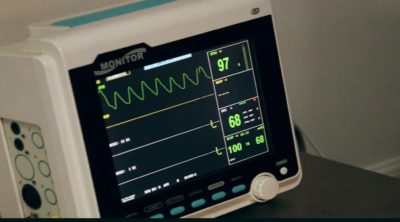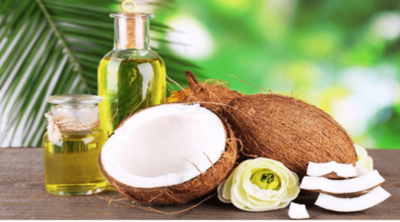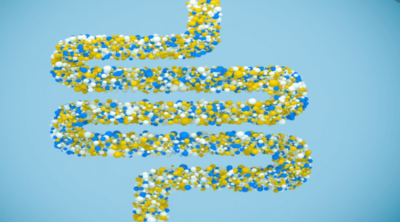
Spasms are typical and most common discomforts. Do we know about the different spasms that trigger pain in different parts of our body? For the curious and conscious minds, below are some facts.
There must have been many instances when a sudden muscle pull or cramp made you freeze in pain for a few moments or even more. When we talk about cramps, we know that these discomforts are not major, and that they fade away in a few seconds. Interestingly, there is a lot more on these fluctuations in the muscles in our body. To begin with, the scientific definition of spasms is that, it is an involuntary movement that happens suddenly with no intimation. It can be a contraction of a single muscle or a group of muscles. This sometimes causes pain and discomfort in the region of the spasm.
The cause behind this pain is sometimes unexplained, however, most of the spasms are related to any underlying issue, disease or disorder. There are many causes of the muscles and tissues to contract or behave abnormally. Some may be casual cramps that can be ignored, but repetitive spasms need help and may have a serious underlying issue. Another important fact is that there are different types of spasms. They are mainly categorized into three types. We will learn more on the facts for each type in detail, in the information below.
Spasm Types
Spasms are of three types – Cramps, Tics and Convulsions. Each has a somewhat typical region of muscle pain and contraction. Most of the time, these contractions are frequent in people with multiple sclerosis. In most cases are also symptoms for other complications.
Cramps
They are painful and longer lasting sensations caused due to the contraction or over shortening of the muscles. A cramp is a type of muscle spasm. Most of the time, the reason for cramps in the muscles will be related to poor blood circulation in that particular area. Some of the dietary deficiencies of minerals like sodium and potassium are also the causes of cramps. A quick massage to the affected area can relieve the spasms.
Convulsions
These are often confused with seizures. In this condition, there is extreme contraction and relaxation of the muscles, repeatedly. This causes intense pain as compared to all the spasm types. It is also a symptom of an epileptic seizure. Not all cases of epileptic seizures are convulsions. Also, it is not in every case that convulsions happen as a part of an epileptic seizure. Convulsions will last for few seconds to a minute. In case of repeated convulsions, epilepsy can be the underlying issue. Only after diagnosis can a treatment be prescribed for the convulsions and seizures.
Tics or Twitching
These are the most basic and least risk posing spasms. This can be described as an uncontrolled, rapid, compulsive and repeated movement, that involves a certain group of muscles. It is a generalization that tics are typically eye spasms. Most of the time, tics will not last longer than a second. These can occur in the facial tissues and muscles as well as in the shoulder and the legs. Stress and trauma to the CNS (central nervous system) triggers these muscle contractions. Tics will not be painful, but they can be annoying, with repetitions. Adequate rest and remaining stress free will help in dealing with these type of spasms.
They usually occur in the muscles. Among the many types of muscle spasms, cramping of the legs and feet, stomach spasms, etc., can be well treated with some self help tips. Diet plays an important role in controlling these muscle cramps, especially a diet that can cover up the mineral deficiencies which can treat tics and cramps. Other casual cramps can also be treated by proper exercise and by drinking lots of fluid. For other serious conditions, a proper diagnosis and proper treatment only can deal with the spasms.
We hope the above facts on different spasms have added light on your idea of muscle pain and cramps. Make sure you do not ignore them, at least the repetitive and stubborn ones need apt treatment.


